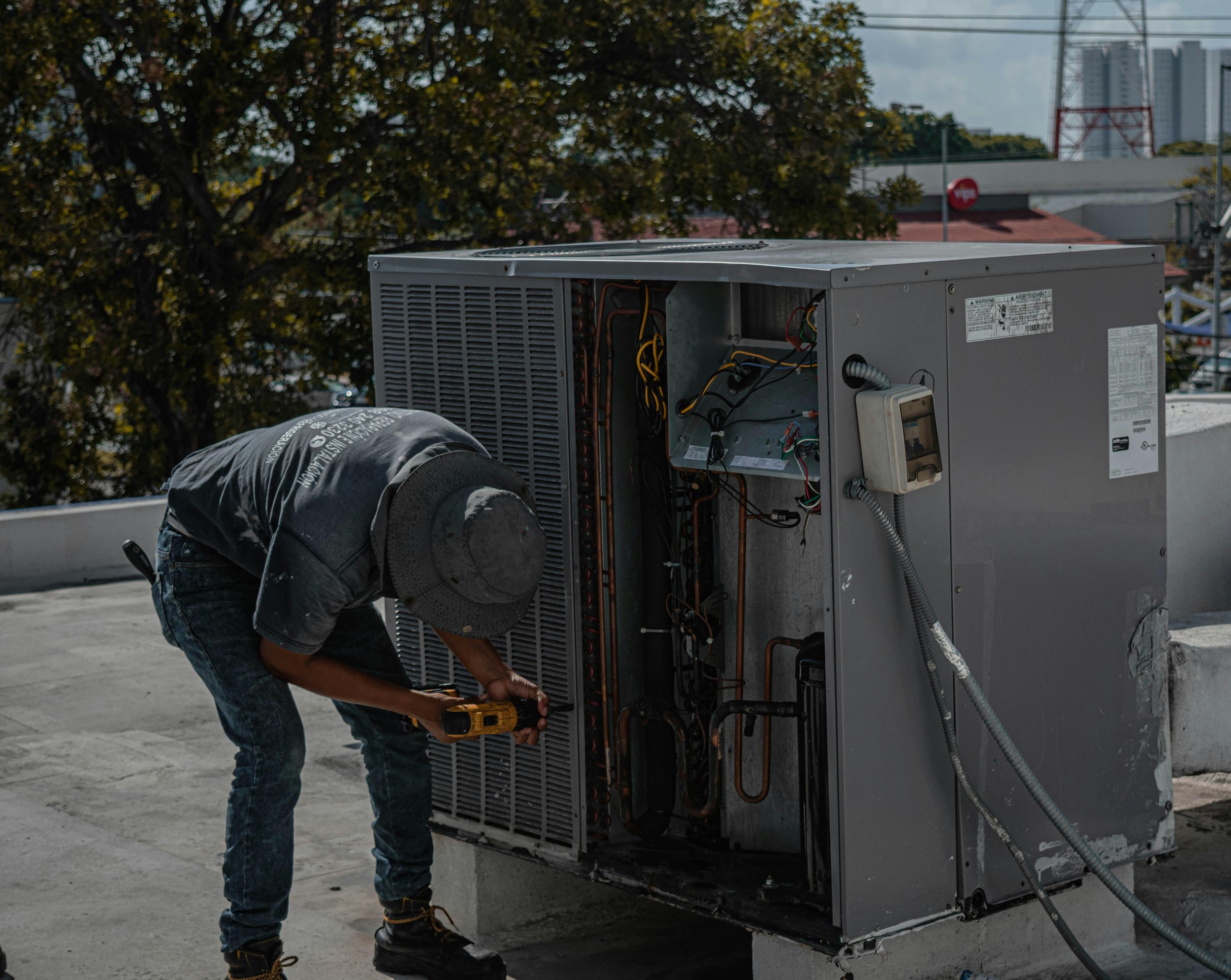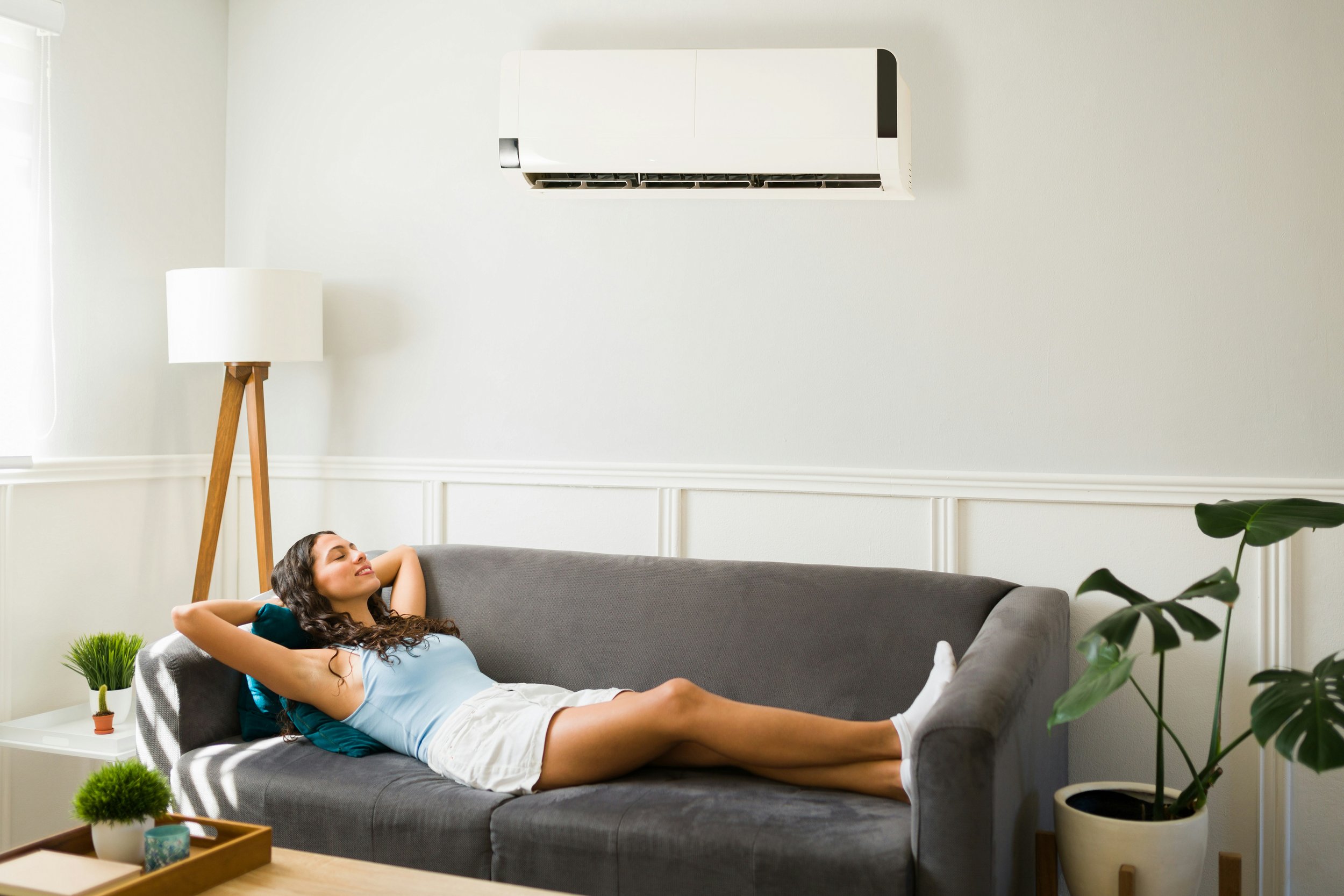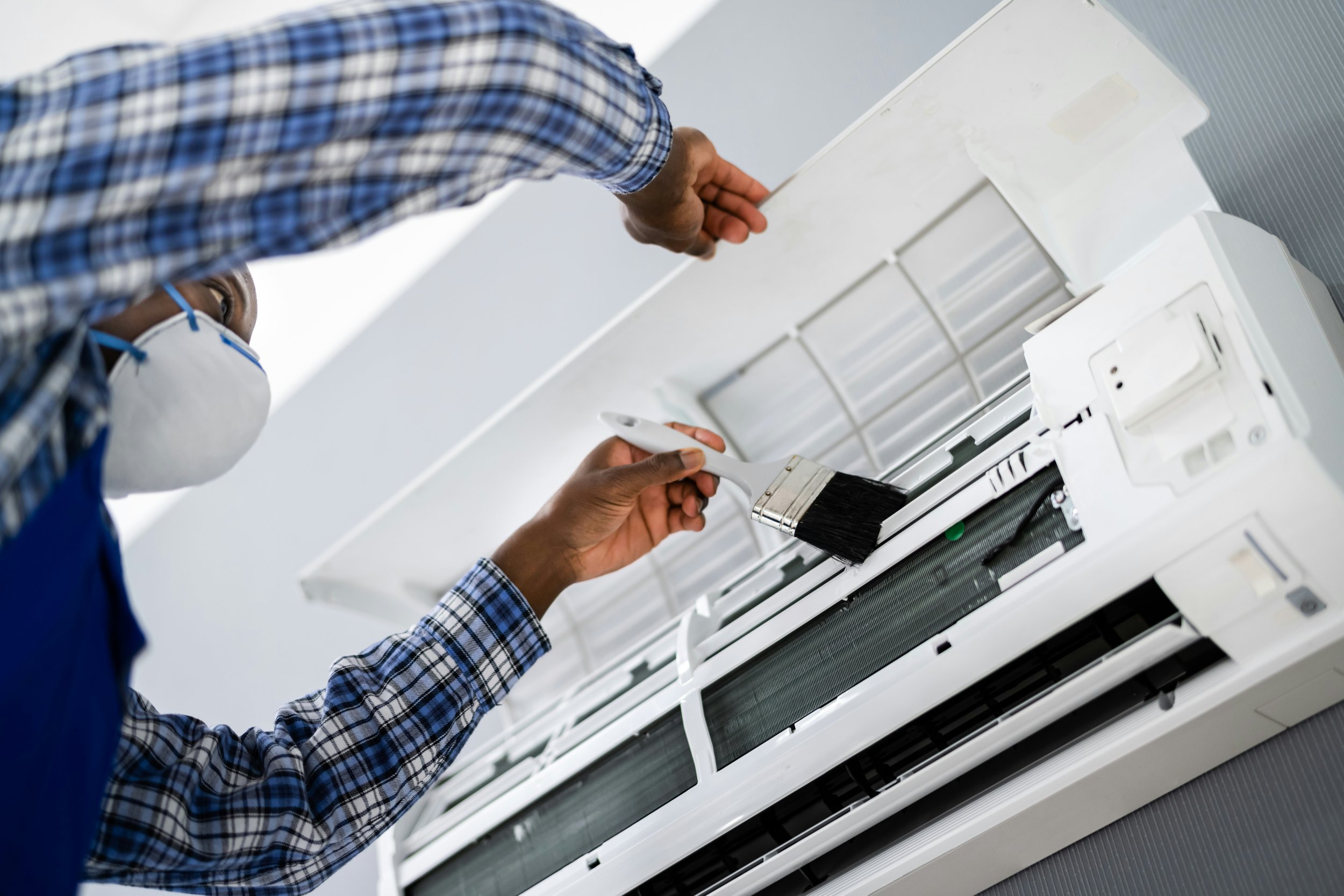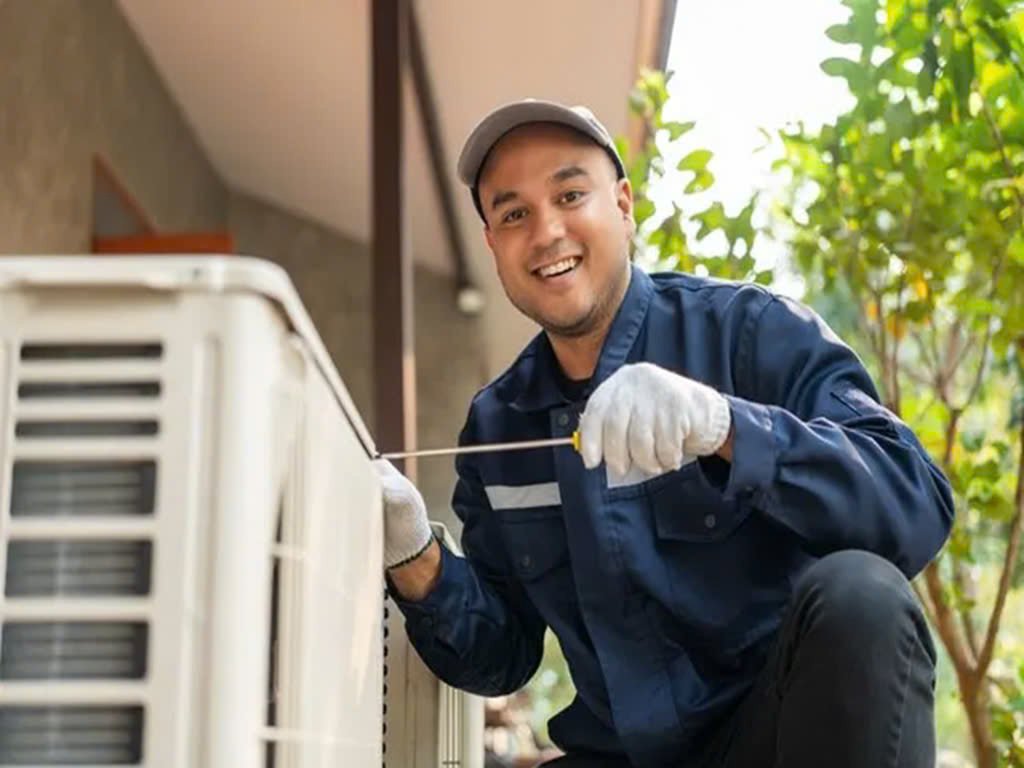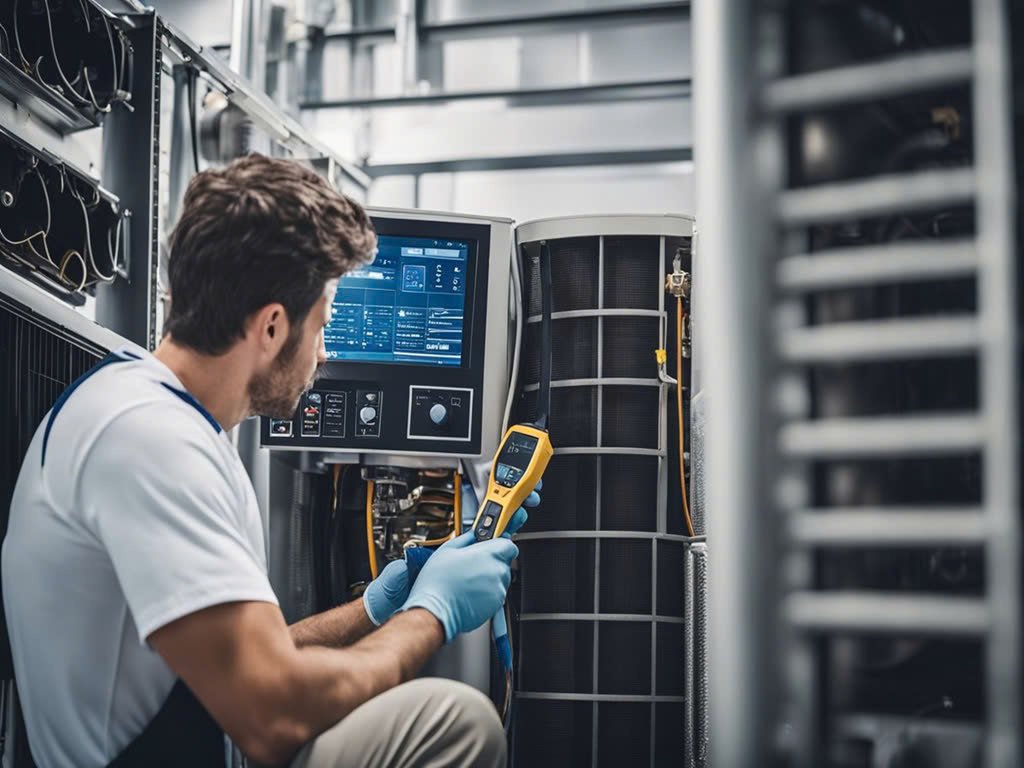What Really Happens During HVAC Maintenance
Discover what HVAC maintenance involves, from inspections to tune-ups, and how it keeps your system efficient and your home comfortable year-round.
Regular HVAC maintenance is crucial for keeping your heating, ventilation, and air conditioning systems in top shape year-round. However, many homeowners are unsure about what happens during these appointments and why they matter so much.
HVAC systems are complex and involve multiple components, each requiring attention to function optimally. Without proper maintenance, systems can degrade quickly, leading to inefficient operation and costly repairs.
This guide dives into the details of what is HVAC maintenance, explaining its importance and the process technicians follow to ensure your home stays comfortable and energy-efficient. By the end, you'll have a clear understanding of how maintenance keeps your HVAC running smoothly and why it’s worth the investment.
Why HVAC Maintenance Matters
HVAC maintenance isn’t just a nice-to-have service — it’s a must for keeping your home comfortable and your wallet happy. A neglected HVAC system can lose efficiency over time, leading to higher energy bills. Worse, minor issues that go unchecked can snowball into expensive repairs or even system replacements.
Regular maintenance helps prevent these problems by addressing potential issues early on. Additionally, a well-maintained system improves indoor air quality, which is especially important for families with allergies or respiratory conditions. Beyond comfort and health, routine maintenance extends the lifespan of your equipment, saving you from premature replacement costs.
What Is HVAC Maintenance?
At its core, HVAC maintenance refers to the scheduled inspection, cleaning, and tuning of your heating and cooling systems to ensure optimal performance. This isn’t just about fixing problems — it’s about preventing them. Maintenance typically includes checking the thermostat, cleaning components like coils and fans, and replacing filters to improve efficiency and air quality.
It also involves assessing refrigerant levels, tightening electrical connections, and inspecting the system for any signs of wear and tear. Whether it’s your air conditioner in the summer or your furnace in the winter, these systems work hard, and routine care ensures they can handle the demands placed on them. In essence, HVAC maintenance is an investment in the long-term health of your system.
Step-by-Step Breakdown of HVAC Maintenance
Initial System Inspection
The first step in HVAC maintenance is a detailed inspection of the entire system. Technicians start by evaluating the system’s overall condition, and identifying potential issues that could affect its performance. They’ll check for visible wear and tear, such as cracks, rust, or leaks, which may indicate underlying problems.
The inspection also includes verifying that the thermostat is working correctly and communicating with the system. By examining these elements, technicians can identify problems early, helping you avoid costly repairs. A thorough inspection is the foundation of a successful maintenance session, ensuring no detail is overlooked.
Air Filter Replacement
Replacing the air filter is one of the most critical tasks during HVAC maintenance. Dirty filters restrict airflow, forcing the system to work harder and consume more energy. This not only drives up energy costs but also reduces the system’s lifespan.
Clean filters, on the other hand, improve efficiency and help maintain good indoor air quality. Depending on your system and environment, filters should be replaced every 1-3 months, and your technician will ensure you have the right type for your unit. Ignoring this simple task can lead to clogged components and reduced system performance over time.
Cleaning the System Components
Dirt and debris naturally accumulate in HVAC systems over time, affecting their ability to function efficiently. During maintenance, technicians thoroughly clean critical components, including the evaporator and condenser coils, blower motor, and fans.
Dirty coils, for example, can reduce your system’s ability to absorb heat, making it work harder and use more energy. Cleaning these parts ensures your HVAC runs smoothly, delivering optimal heating or cooling without unnecessary strain. This step also prevents mold growth and improves indoor air quality, making your home healthier and more comfortable.
Checking Refrigerant Levels
For cooling systems, refrigerant is the key to maintaining comfortable indoor temperatures. During maintenance, technicians measure refrigerant levels to ensure they’re within the recommended range.
Low refrigerant levels could indicate a leak, which needs to be repaired immediately to avoid further damage to your system. If the refrigerant is too low, your air conditioner won’t cool your home effectively, leading to discomfort and increased energy consumption. Proper refrigerant management not only keeps your system running efficiently but also ensures it meets environmental safety standards.
Testing Electrical Connections
Electrical issues can be a hidden danger in HVAC systems. Loose connections or damaged wiring can cause system failures or even create fire hazards. Technicians inspect and tighten all electrical connections, ensuring they meet safety and performance standards.
They also test voltage and current to verify that the system is operating as designed. Addressing these issues early prevents costly repairs and ensures the system runs efficiently. Proper electrical maintenance is essential for both safety and the longevity of your HVAC equipment.
Lubricating Moving Parts
HVAC systems have several moving parts, including motors and bearings, that require regular lubrication to function correctly. Without lubrication, these components experience increased friction, which can lead to wear and tear or even complete breakdowns.
During maintenance, technicians apply the appropriate lubricants to these parts, ensuring smooth operation. This step not only extends the life of the components but also reduces energy consumption, as the system doesn’t have to work as hard. Proper lubrication is a simple yet vital aspect of HVAC maintenance.
Inspecting the Ductwork
For systems with ductwork, ensuring proper airflow is a key part of maintenance. Technicians inspect ducts for leaks, cracks, or blockages that could reduce efficiency or compromise air quality. Leaky ducts can account for significant energy losses, driving up your utility bills.
By sealing any leaks and removing obstructions, technicians optimize airflow and ensure the system delivers conditioned air effectively. Duct inspection is especially important in older homes, where wear and tear are more likely.
System Performance Testing
Once all maintenance tasks are complete, the technician runs the system to ensure everything is working as it should. This involves testing airflow, listening for unusual noises, and verifying that the thermostat communicates effectively with the system.
Performance testing ensures that the system can handle peak demands, whether it’s cooling your home during a summer heatwave or heating it on a frigid winter day. If any issues arise during testing, the technician can address them on the spot, providing peace of mind that your system is ready to perform.
How Often Should HVAC Maintenance Be Performed?
HVAC maintenance should be scheduled twice a year: once in the spring for your cooling system and once in the fall for your heating system. These seasonal checks prepare your system for the demands of summer and winter, ensuring it operates efficiently and reliably.
Regular maintenance also helps identify potential problems early, reducing the risk of unexpected breakdowns during peak usage. While biannual professional maintenance is recommended, homeowners should also perform basic tasks like replacing filters monthly or as needed. Staying proactive about maintenance ensures your HVAC system remains in top condition year-round.
Benefits of Regular HVAC Maintenance
Lower Energy Bills: Efficient systems consume less energy, which translates to lower utility costs. Regular maintenance optimizes performance, helping you save money.
Fewer Repairs: Routine maintenance catches small issues before they become major problems, saving you from costly emergency repairs.
Improved Air Quality: Clean components and filters ensure that the air circulating in your home is free from dust, allergens, and pollutants.
Extended System Lifespan: A well-maintained system lasts longer, delaying the need for expensive replacements.
Consistent Comfort: Maintenance ensures your system can handle extreme weather conditions, keeping your home comfortable year-round.
Conclusion
Understanding what HVAC maintenance is helps homeowners appreciate its value. Routine checks and professional care ensure your system operates efficiently, keeps energy bills in check, and delivers consistent comfort.
If you’ve been delaying HVAC maintenance, now is the time to act. Schedule a professional inspection and make sure to check out trusted providers like AC Maintenance to keep your system running smoothly for years to come!
